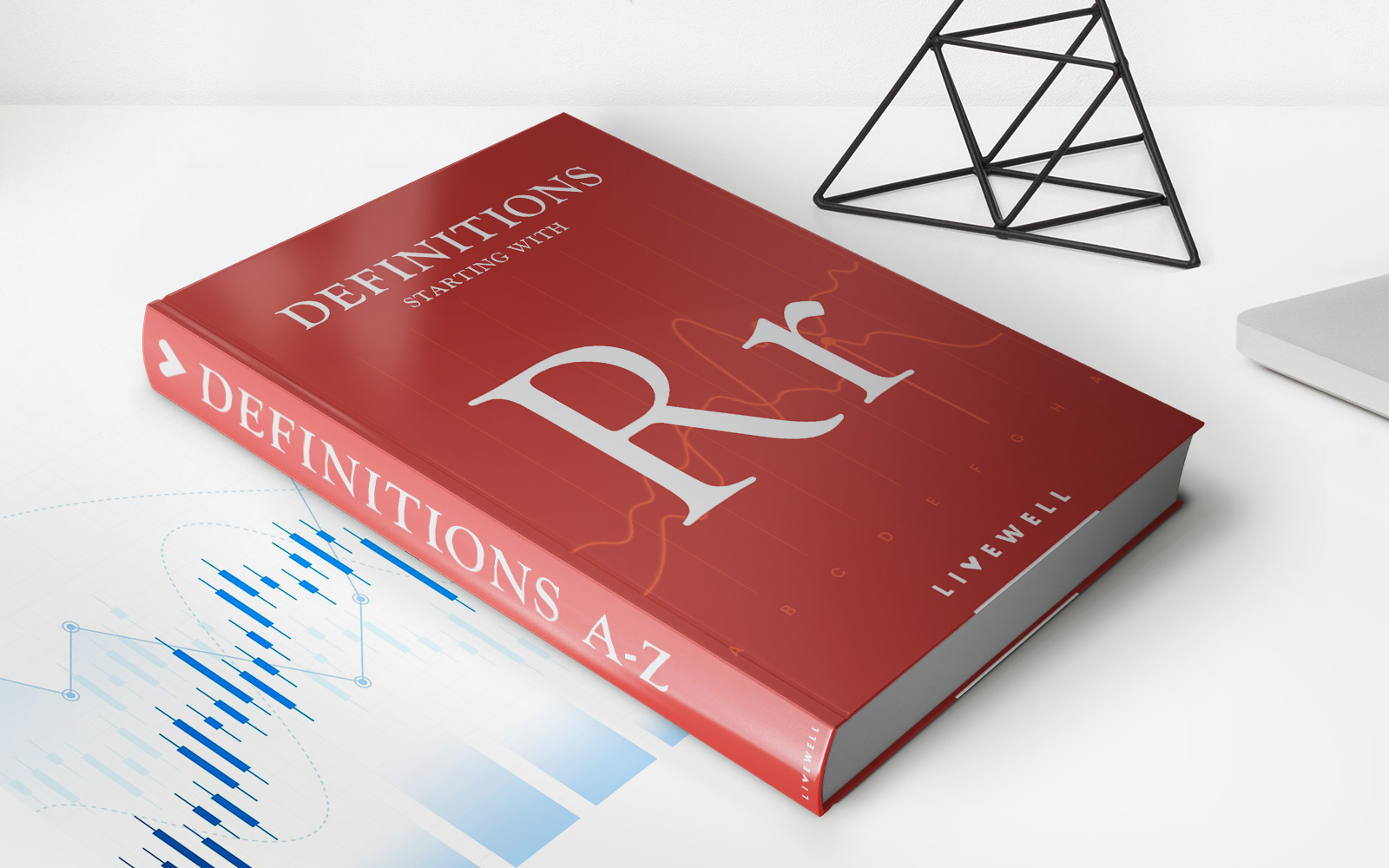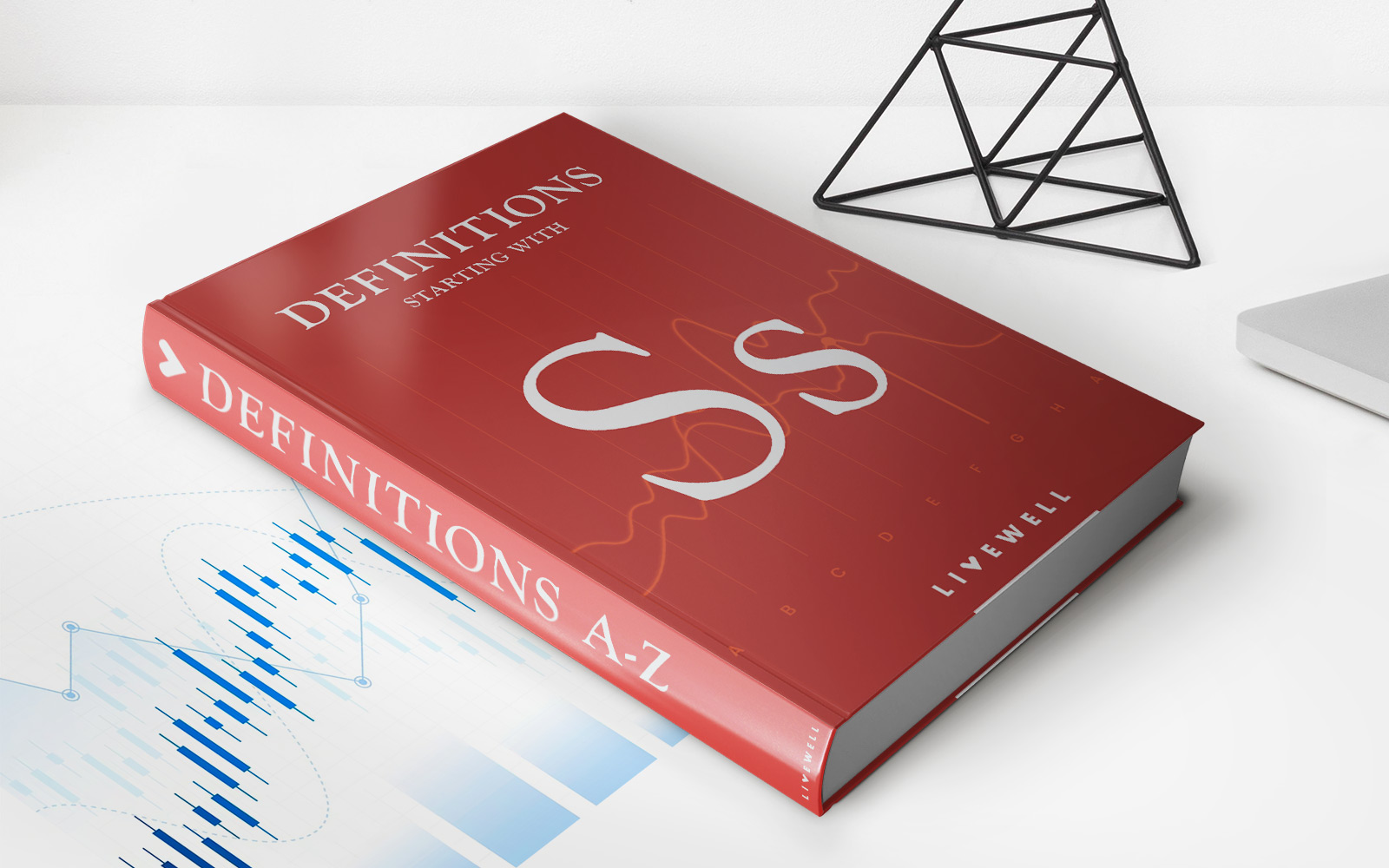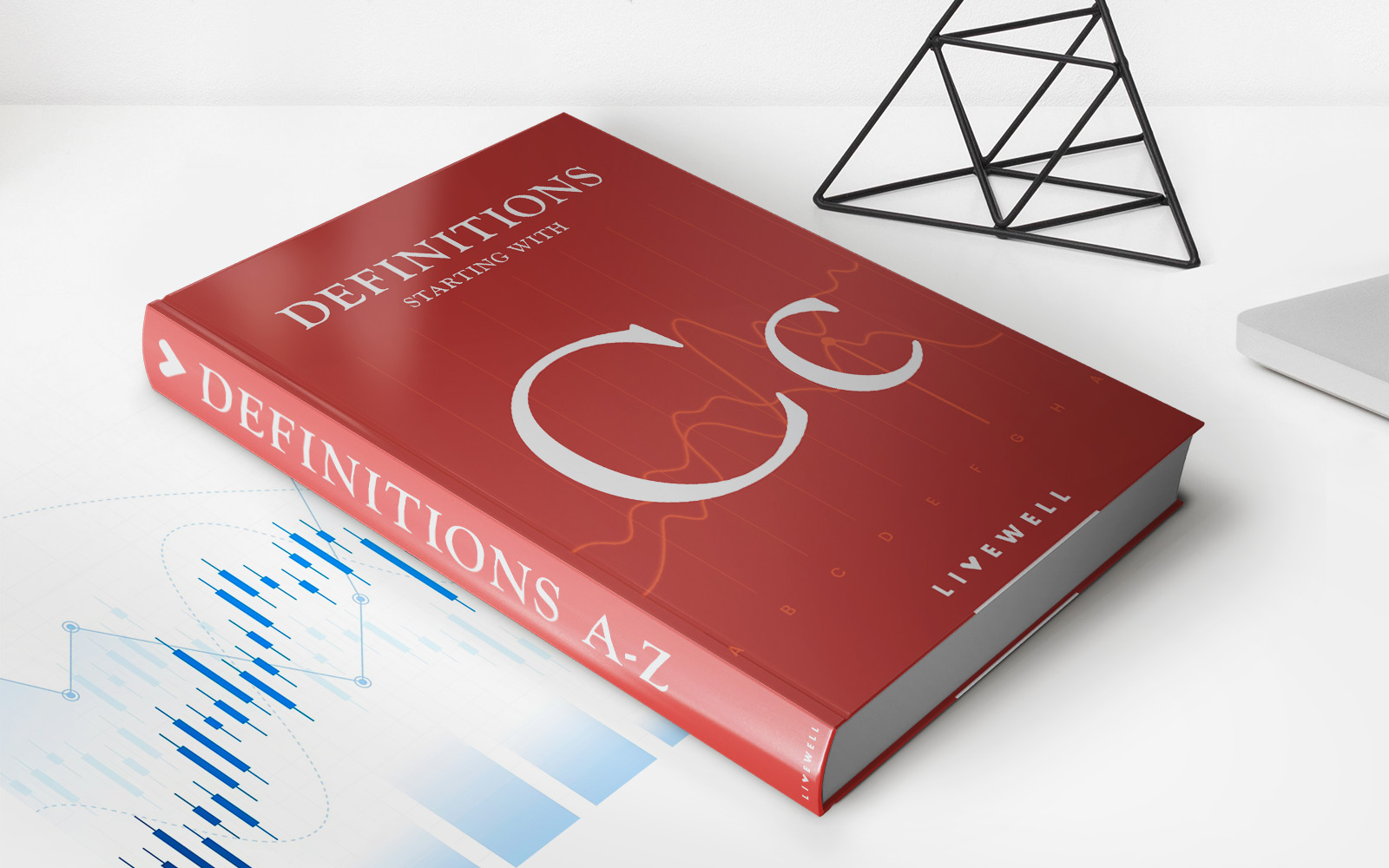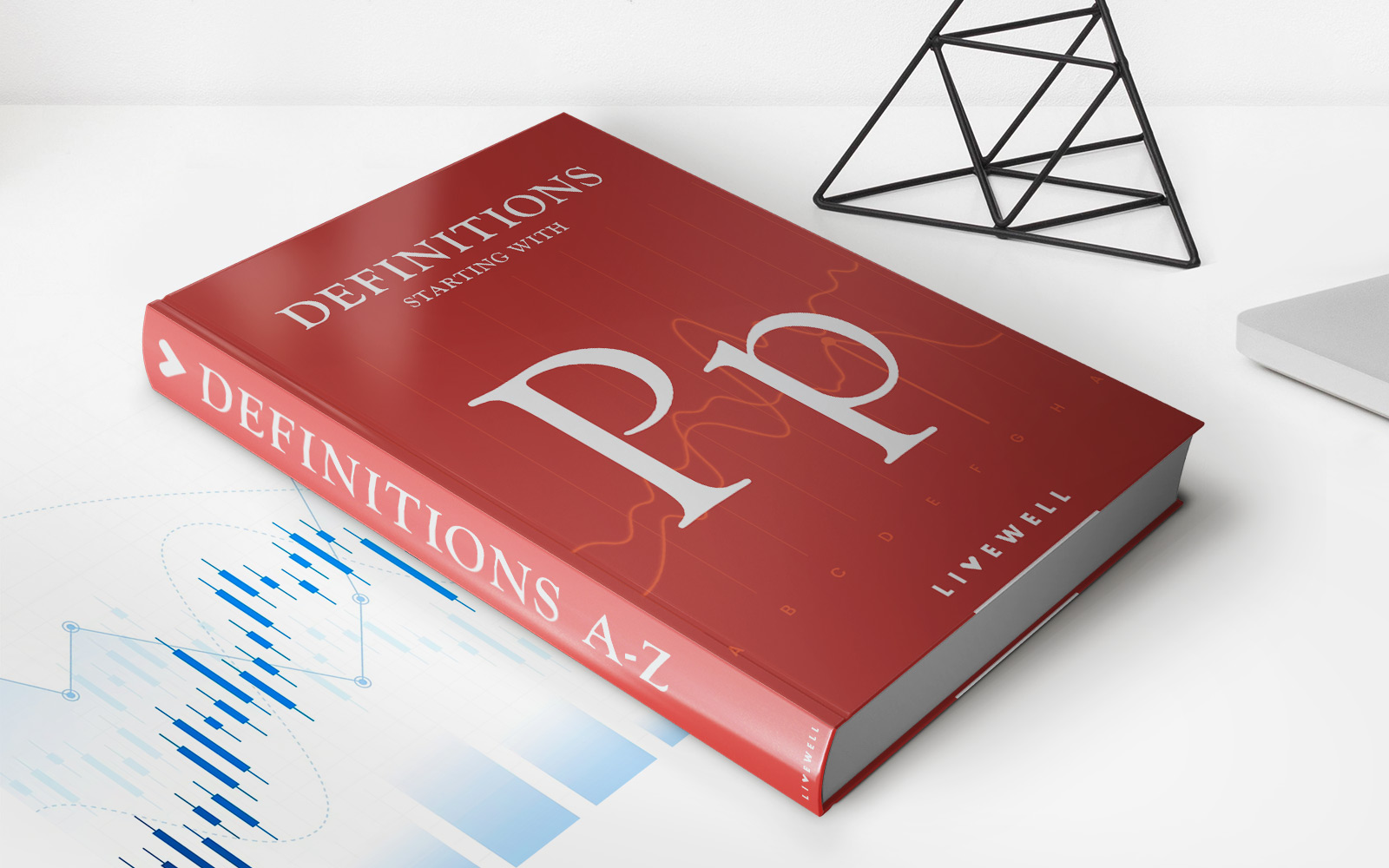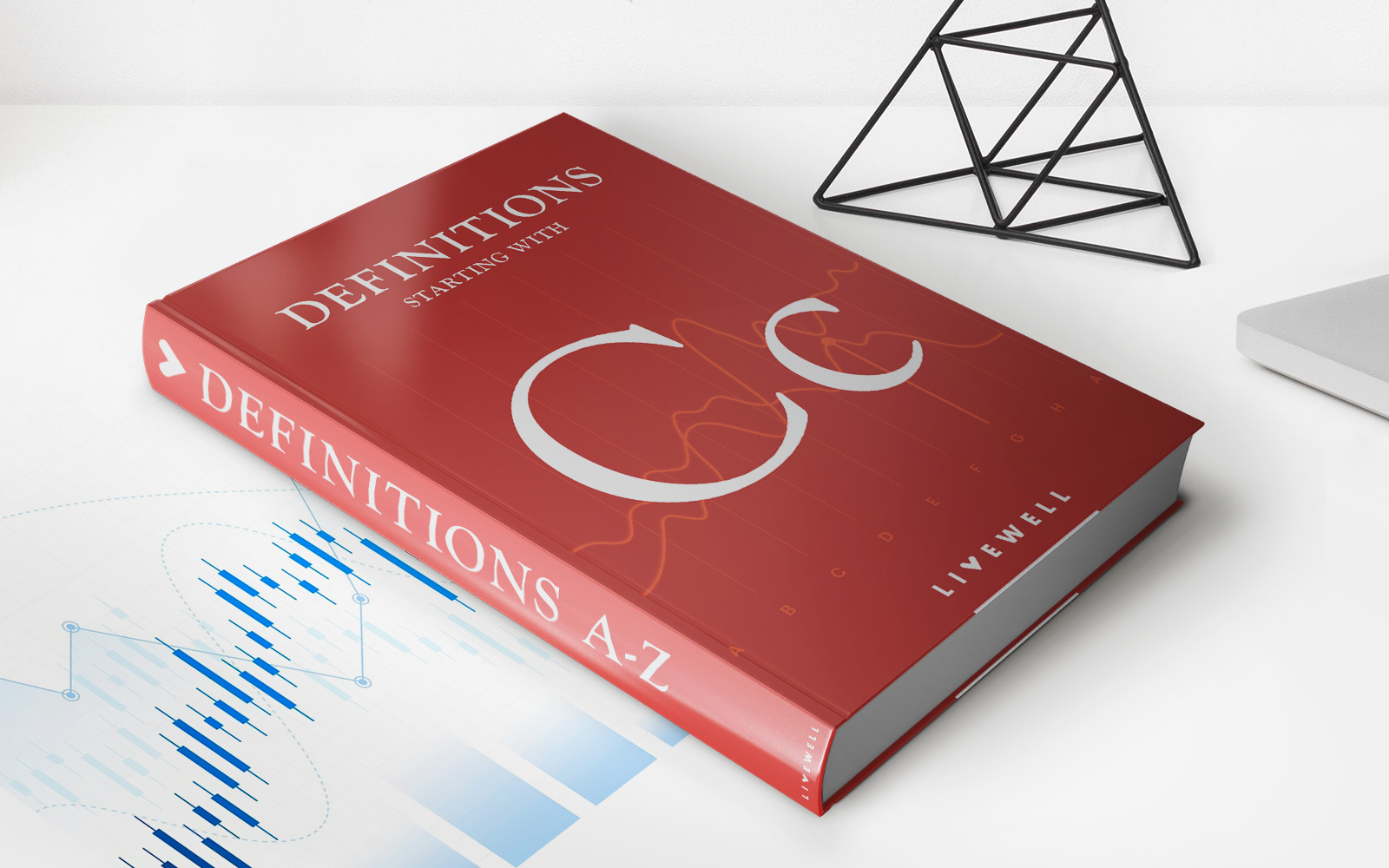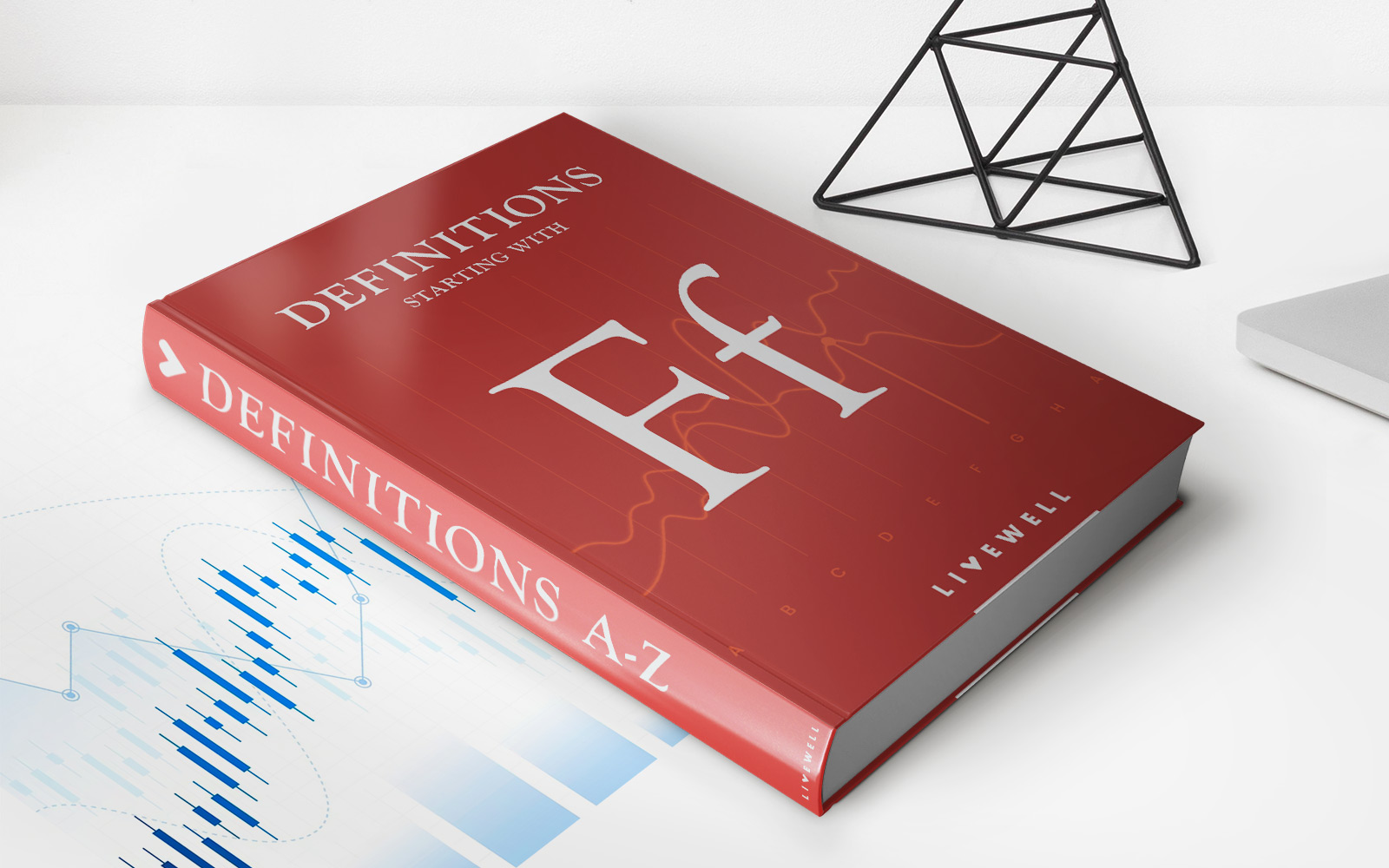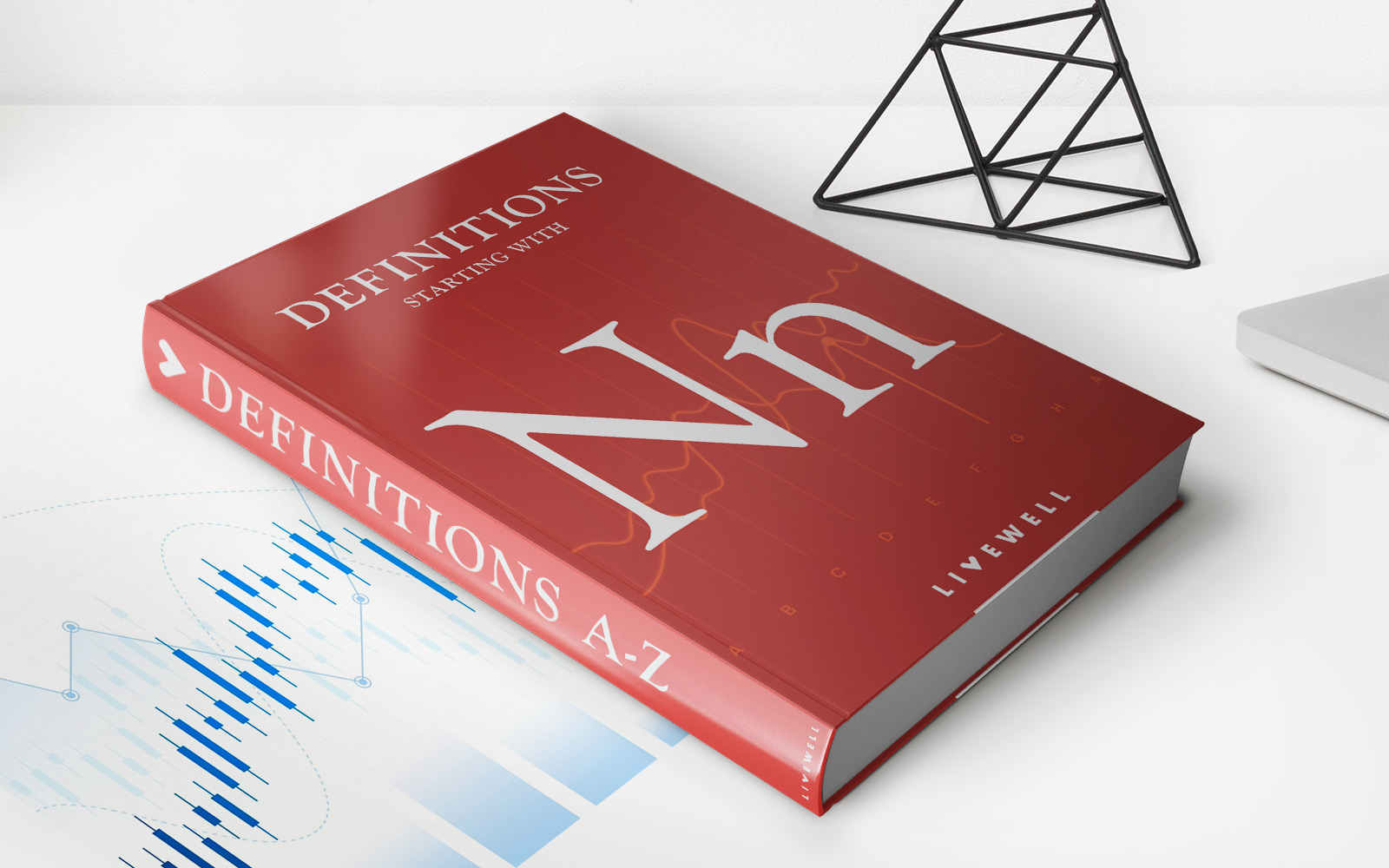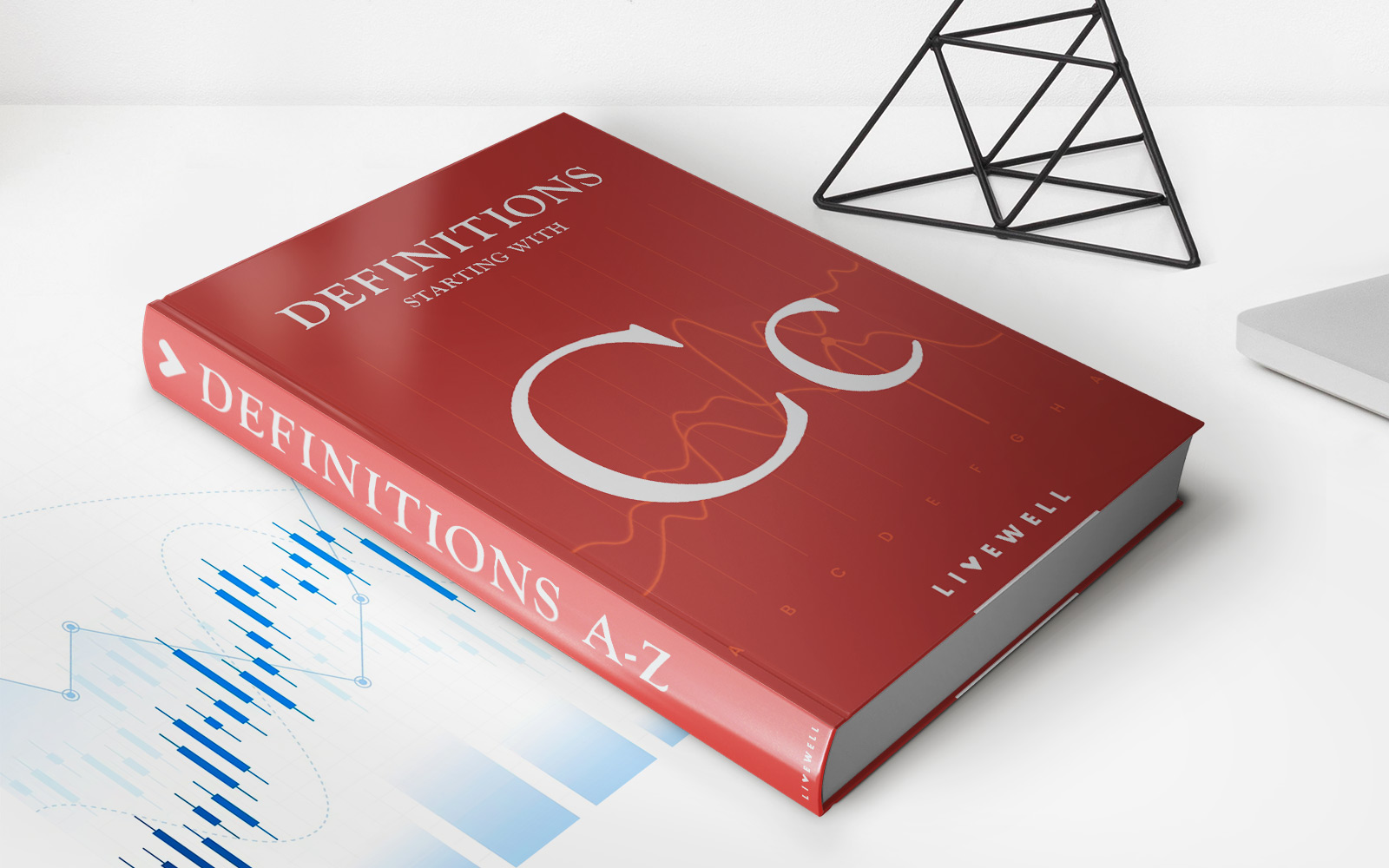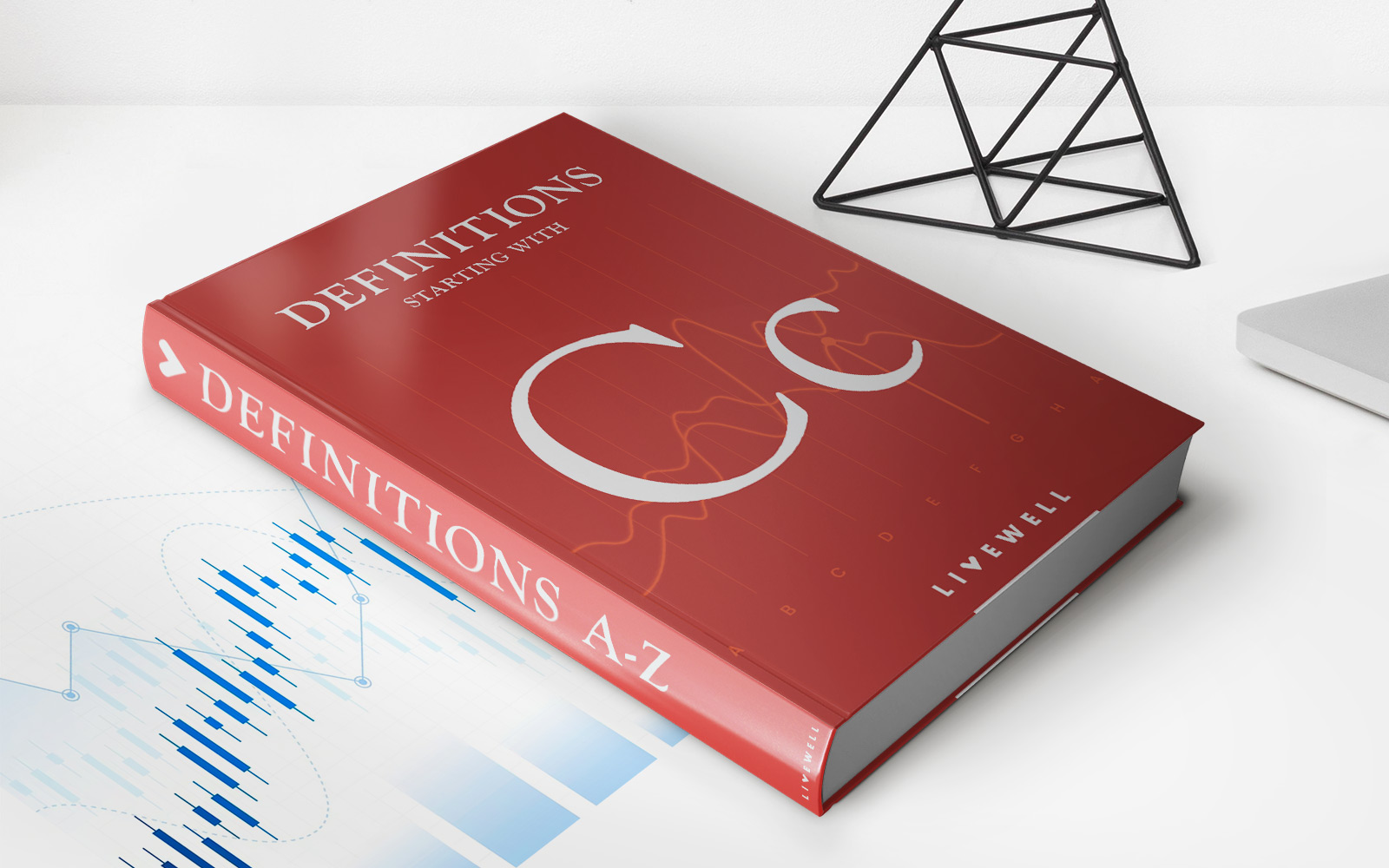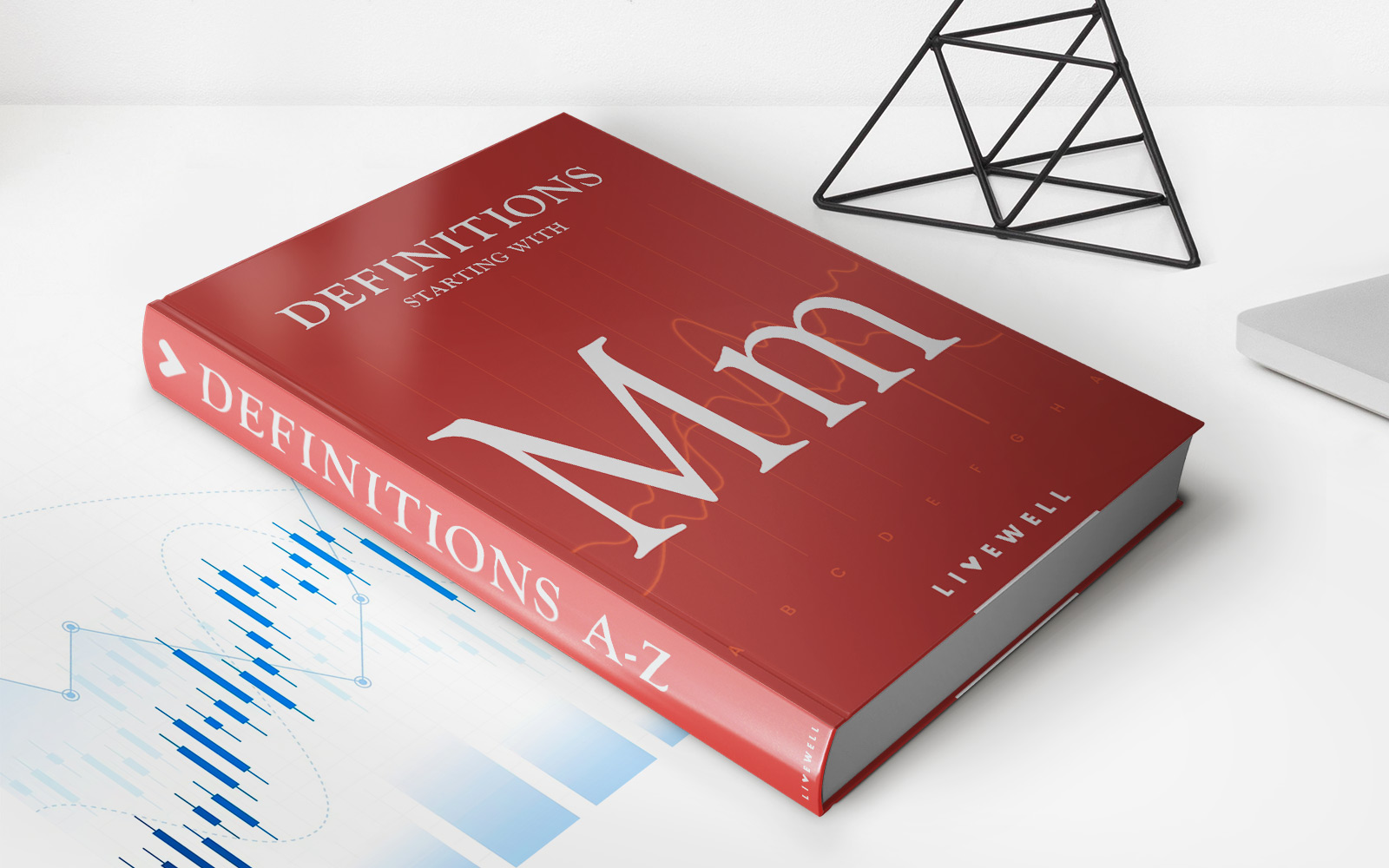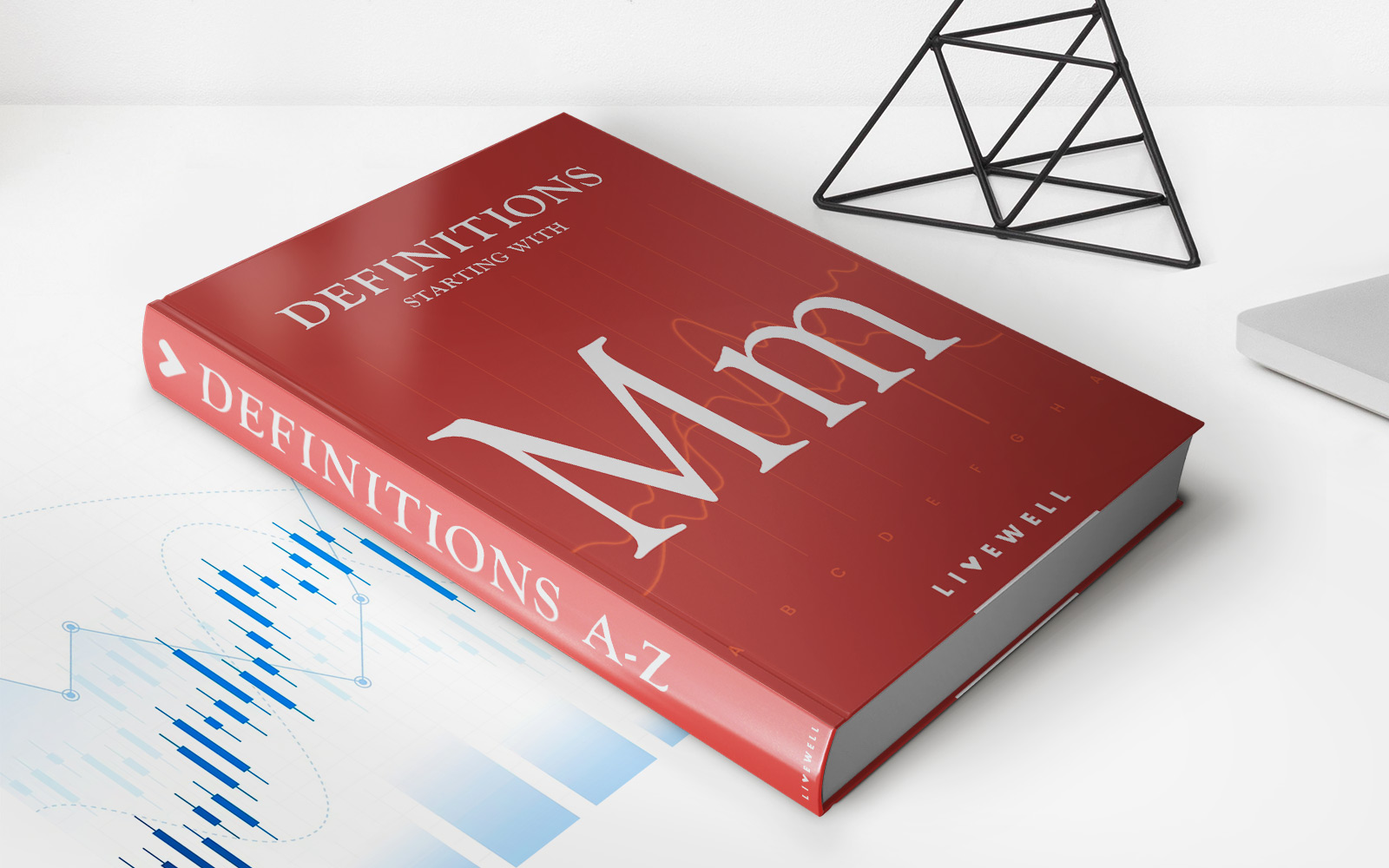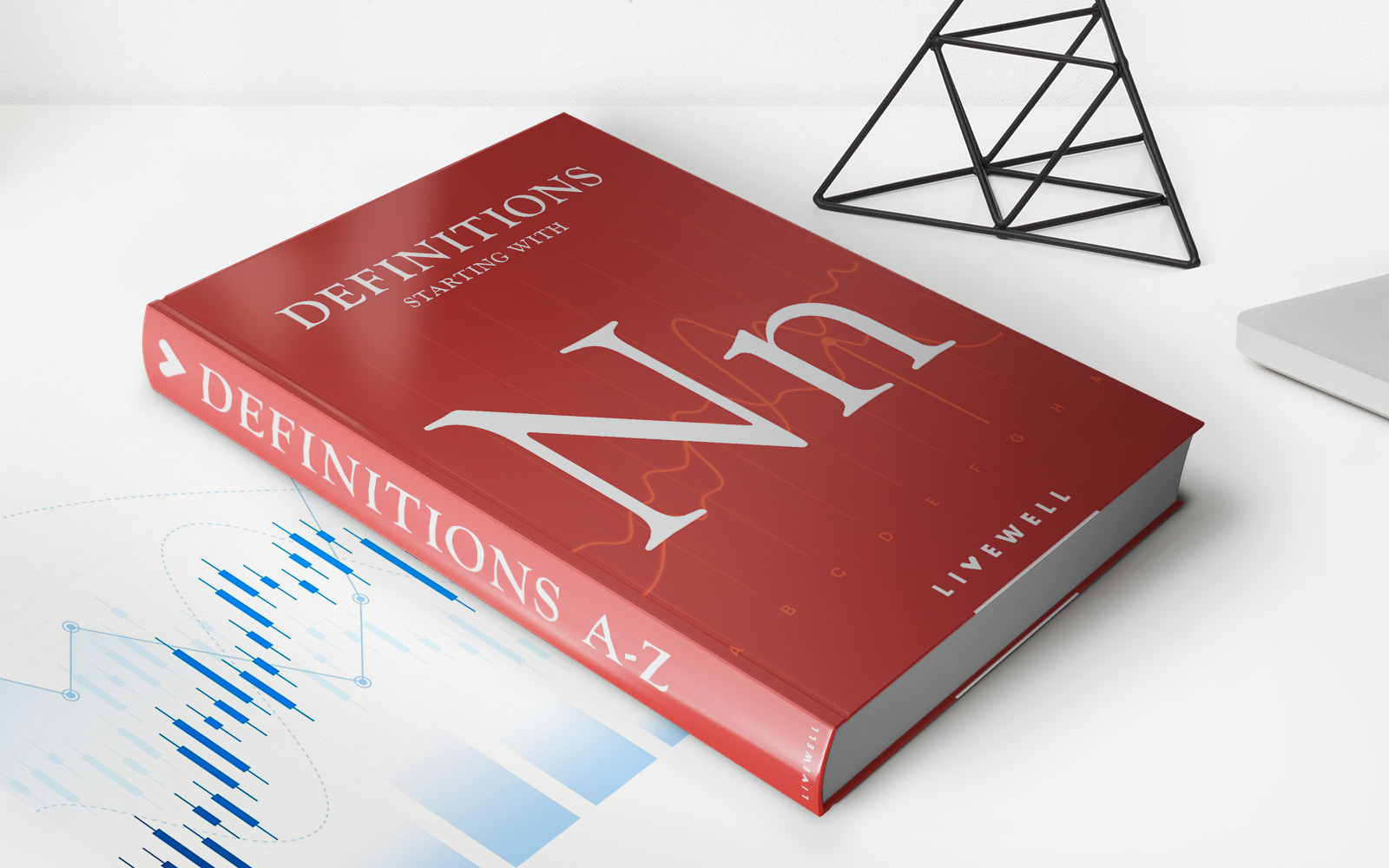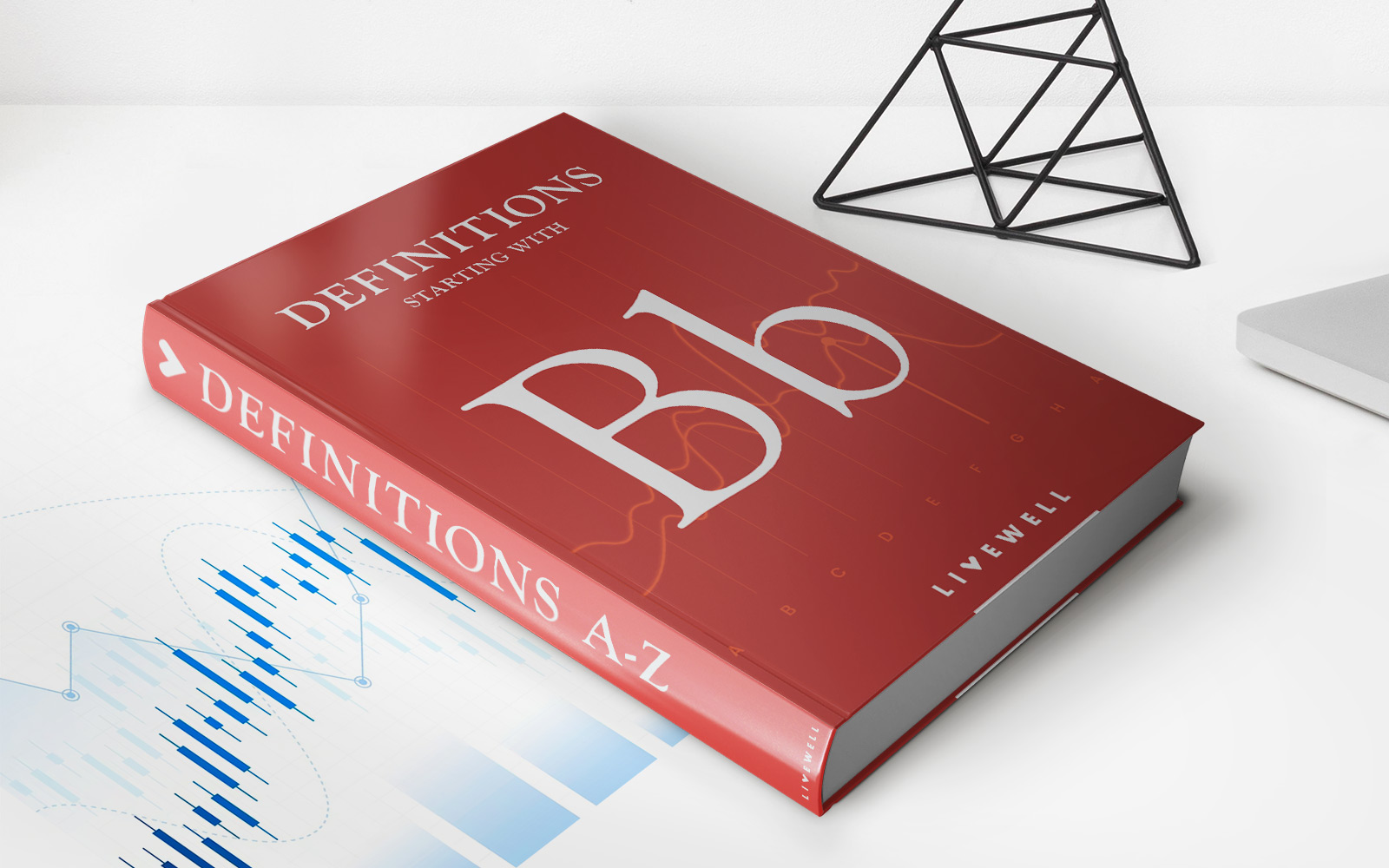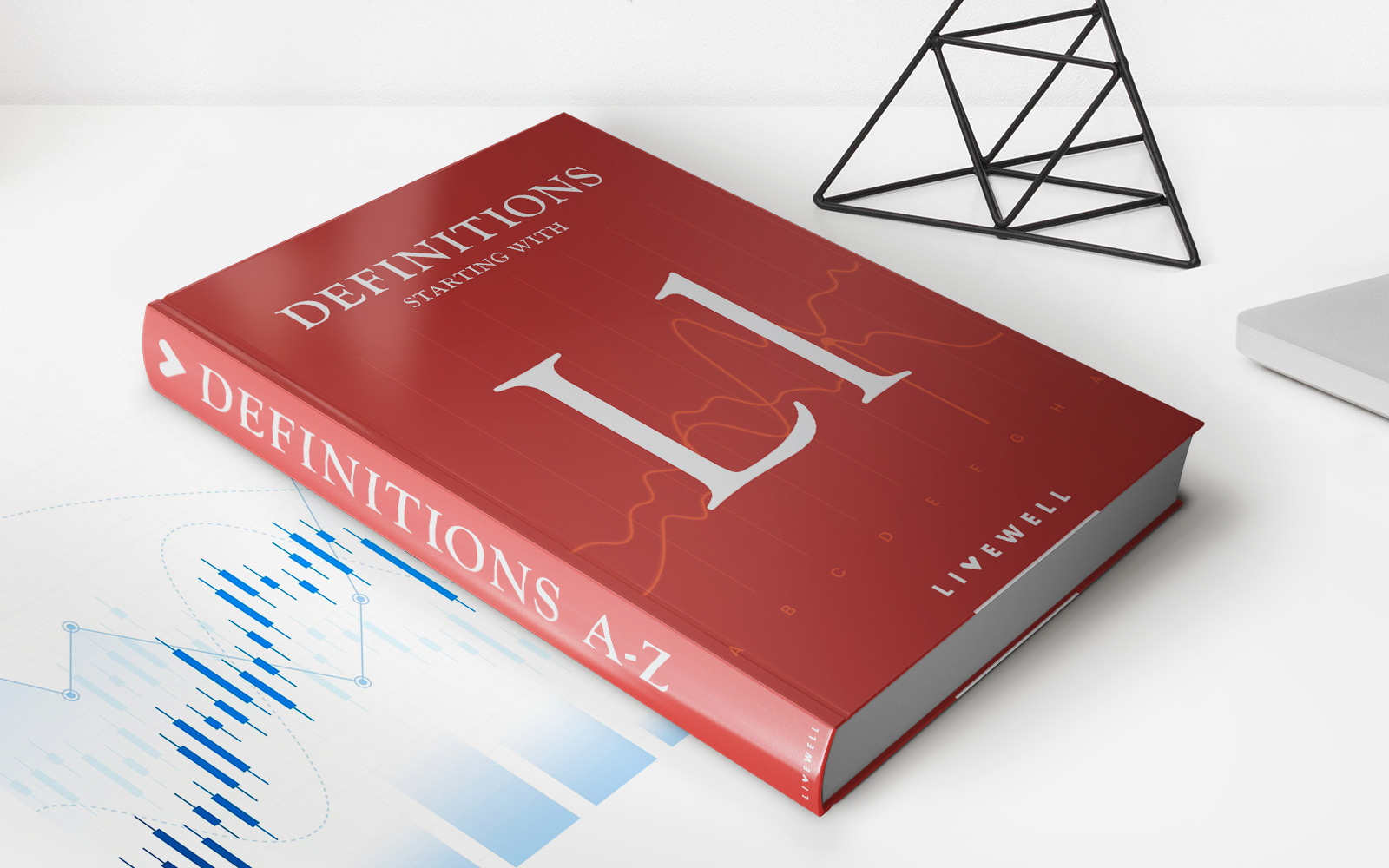Home>Finance>Documentary Collection: Definition, Types, And How It Works
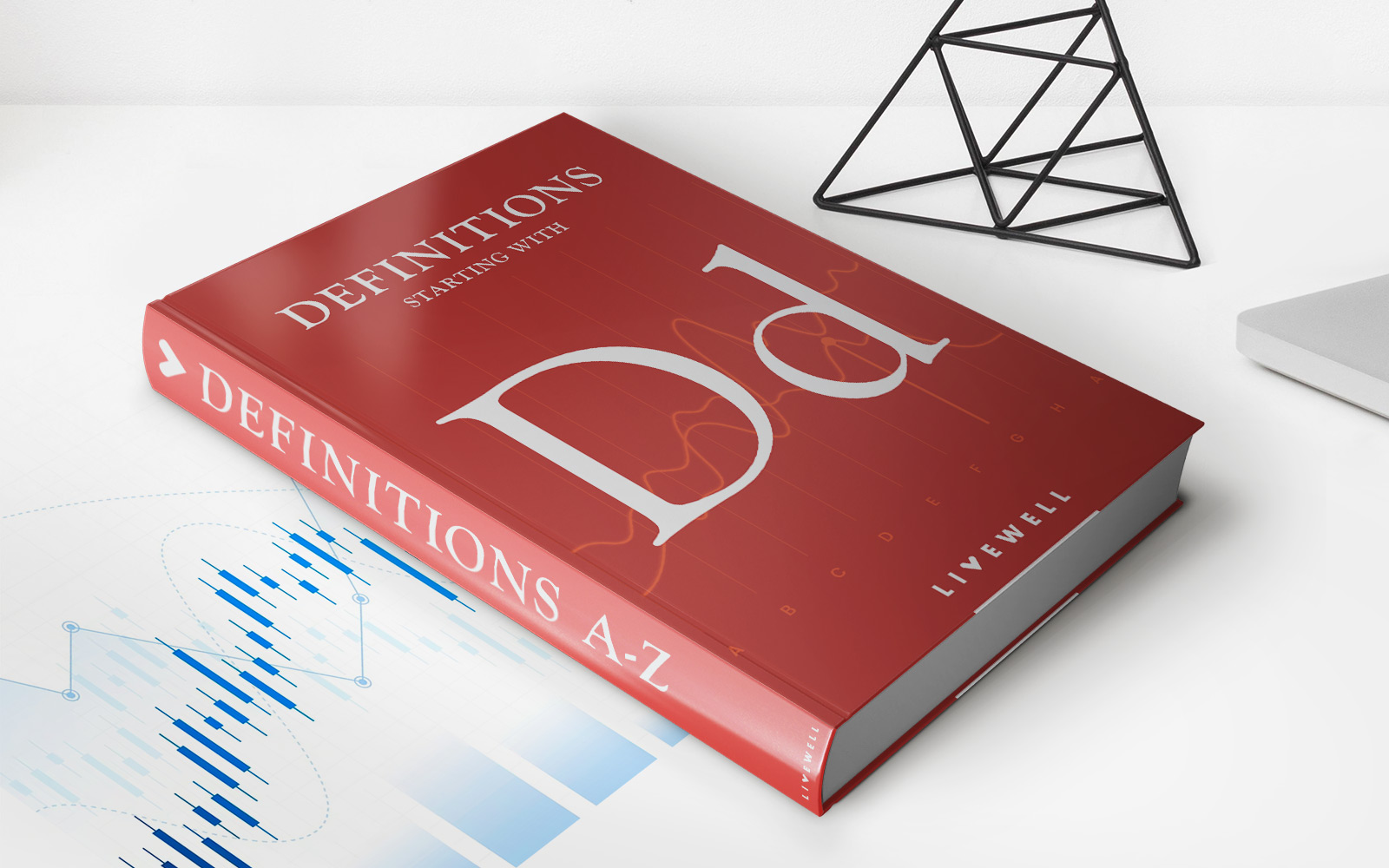

Finance
Documentary Collection: Definition, Types, And How It Works
Published: November 13, 2023
Explore the world of documentary collection in finance. Learn about its definition, types, and how it works, bringing valuable insights to your financial endeavors.
(Many of the links in this article redirect to a specific reviewed product. Your purchase of these products through affiliate links helps to generate commission for LiveWell, at no extra cost. Learn more)
Understanding Documentary Collection in Finance
Finance is an essential aspect of every business operation. Whether you are a small, medium, or large enterprise, managing your finances efficiently is crucial for success. In the realm of international trade, one commonly used financial instrument is the documentary collection. In this blog post, we will dive into the definition of documentary collection, explore its different types, and take a closer look at how it works.
Key Takeaways:
- Documentary collection is a financial instrument used in international trade transactions.
- It involves the transfer of documents related to the goods being traded, through banks, to facilitate payment.
What is Documentary Collection?
Documentary collection is a payment mechanism used in international trade where the seller entrusts the handling of shipping documents to the buyer’s bank with instructions to release these documents to the buyer against payment or acceptance of a draft. Essentially, it is a process where banks act as intermediaries between the buyer and seller, ensuring a secure and smooth transaction.
Types of Documentary Collection:
- Documents against Payment (D/P): In this type of documentary collection, the shipping documents are released to the buyer only upon full payment for the goods. This ensures that the seller receives the payment before the buyer takes possession of the merchandise.
- Documents against Acceptance (D/A): In D/A collection, the shipping documents are released to the buyer once they accept a time draft or a bill of exchange. The buyer commits to pay on a specified future date, allowing them to take possession of the goods before making the actual payment.
How Does Documentary Collection Work?
Now, let’s take a closer look at how documentary collection works:
- The buyer and seller agree to use a documentary collection as the payment method for their international trade transaction.
- The seller ships the goods and prepares the necessary shipping documents, such as the commercial invoice, bill of lading, and insurance documents.
- The seller presents these shipping documents to their bank, along with instructions stating whether the collection is D/P or D/A.
- The seller’s bank forwards these documents to the buyer’s bank, along with instructions and any required drafts.
- The buyer’s bank notifies the buyer of the arrival of the documents and provides instructions on how to obtain them.
- The buyer makes the required payment or signs the acceptance draft, depending on the type of collection, and collects the shipping documents from their bank.
- Upon receipt of payment, the seller’s bank remits the funds to the seller, completing the documentary collection process.
Documentary collection is a cost-effective method for international trade transactions, as it does not involve direct credit extension and offers a level of security for both the buyer and seller. However, it is crucial for both parties to understand the terms and conditions of the collection, as well as the associated risks.
In Conclusion
Documentary collection is an important financial instrument in international trade, offering security and efficiency to buyers and sellers. By understanding the different types of documentary collection and how it works, businesses can choose a suitable payment method that aligns with their specific needs and mitigates potential risks.
So, whether you are a small business owner exploring international trade or a financial professional seeking to enhance your knowledge, having a solid understanding of documentary collection can greatly benefit your financial operations in the global marketplace.
